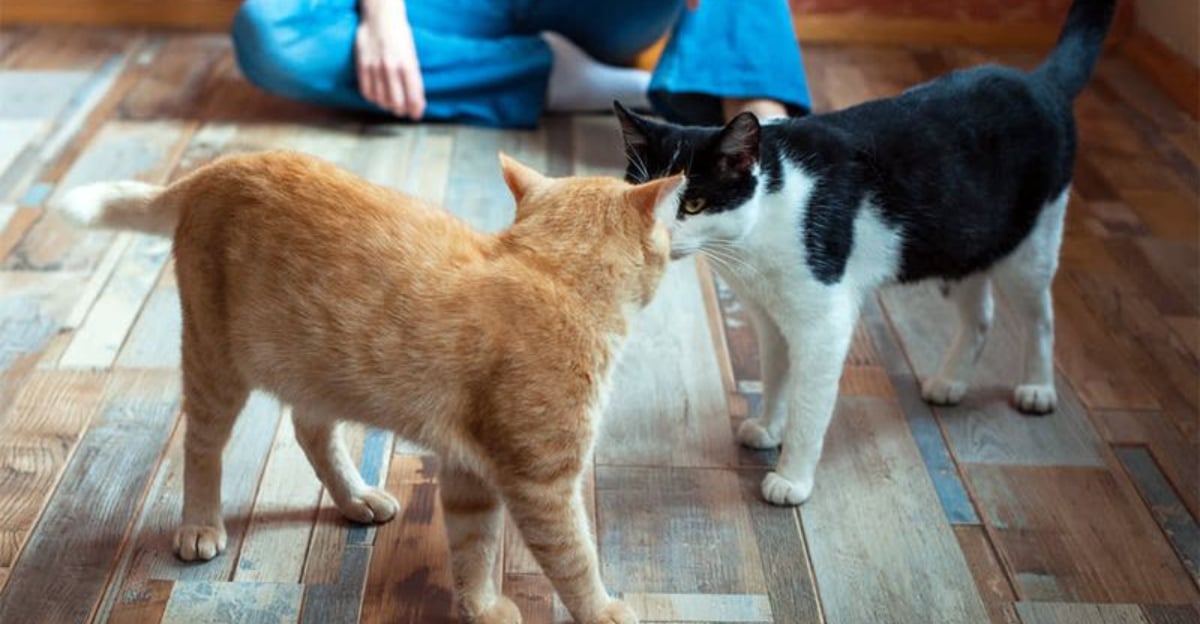Bringing a new pet to Florida? Exciting—but tricky.
Your current pets might feel jealous or territorial. Your new furry friend needs time to settle. I’ve been through it myself—rescuing and rehoming pets taught me one thing: proper introductions are everything. They lay the foundation for lifelong harmony.
Want a smooth transition? These strategies will help your new pet feel at home in the Sunshine State.
1. Avoid Impulse Adoptions
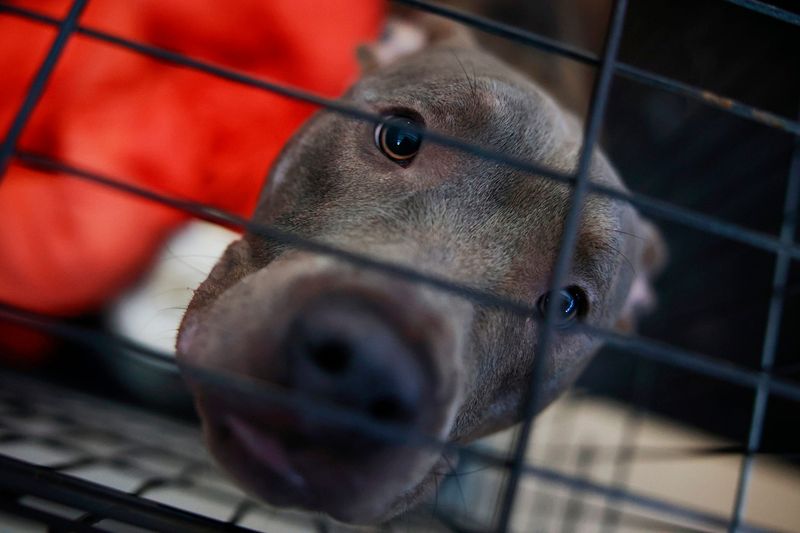
Those puppy dog eyes at the shelter can be irresistible! However, spontaneous pet acquisitions often lead to regret.
Florida shelters unfortunately see high surrender rates due to hasty decisions that didn’t account for the realities of pet ownership.
Here’s a tip: Research breeds thoroughly before adopting. Some animals struggle with Florida’s humidity and heat, like thick-coated northern breeds. Others may have special needs that don’t align with your lifestyle or living situation.
Give yourself a 48-hour cooling-off period before making any decision.
2. Involve The Whole Family In The Decision
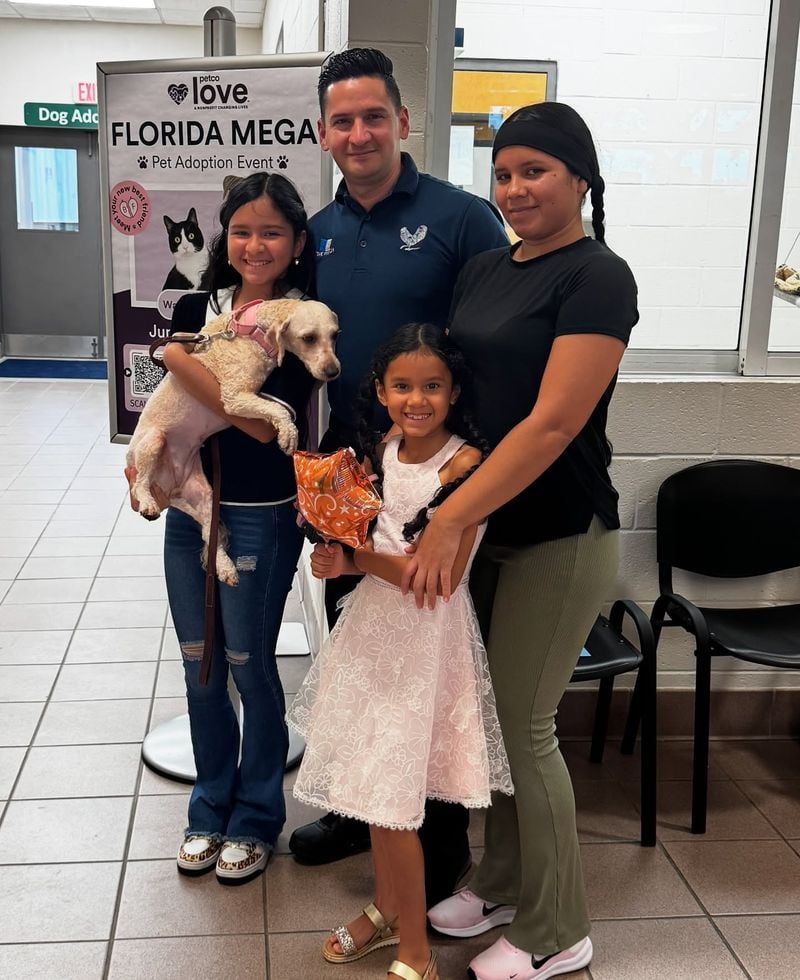
Family consensus creates a smoother transition for everyone. When my son begged for a bearded dragon, we held a family meeting first to discuss responsibilities and expectations.
This prevented the all-too-common scenario where one person becomes the reluctant primary caretaker.
Assign age-appropriate pet care tasks to each family member. Kids can help with feeding or gentle playtime, while adults handle more complex responsibilities like vet visits or medication.
Florida’s year-round outdoor lifestyle means everyone should understand proper heat safety for pets too. When everyone participates in the decision, they’re more invested in making the new addition feel welcome.
3. Assess Compatibility With Current Pets
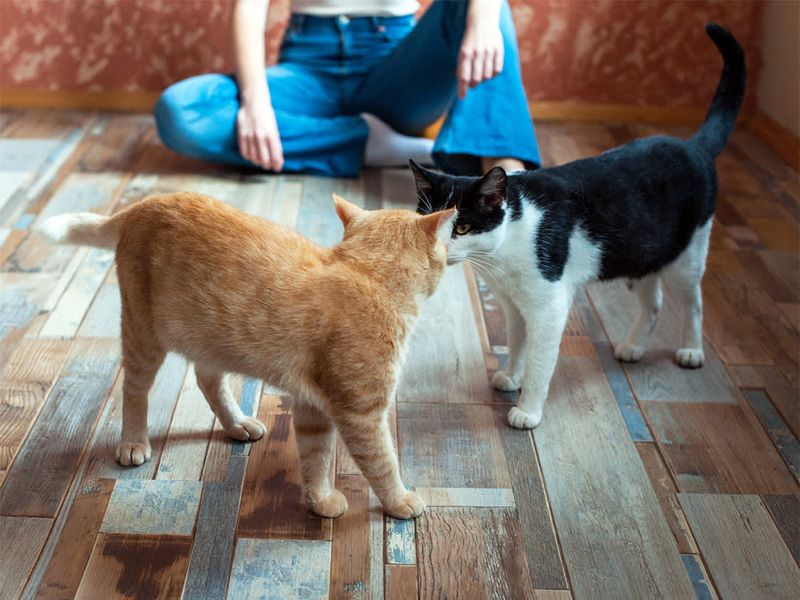
Not all animals are natural friends!
Before bringing home that adorable puppy or kitten, consider how they’ll mesh with your existing fur babies.
Florida’s hot climate means pets often share cool indoor spaces more frequently than in northern states. This proximity requires compatible temperaments. Senior pets might prefer calm companions, while young animals typically enjoy playmates with similar energy levels.
Consult with shelter staff or breeders about personality traits and ask if they offer meet-and-greets before adoption.
4. Provide A Calm Introduction Space
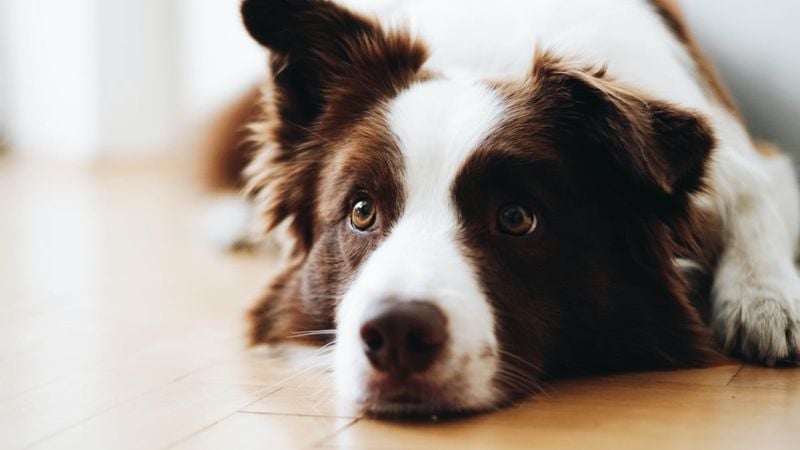
First impressions matter tremendously in the animal kingdom! When I brought home my rescue greyhound, I created a quiet sanctuary in my guest room with familiar-smelling blankets from the shelter. This gave her a stress-free zone to decompress.
Florida homes often feature open floor plans and indoor/outdoor living spaces that can overwhelm new pets. Choose a quiet room away from household traffic for your new pet’s first few days. Include comfort items like beds, toys, and water.
Keep the air conditioning at a comfortable temperature, especially during summer months, as stress can make pets more sensitive to heat.
5. Maintain Routines For Existing Pets
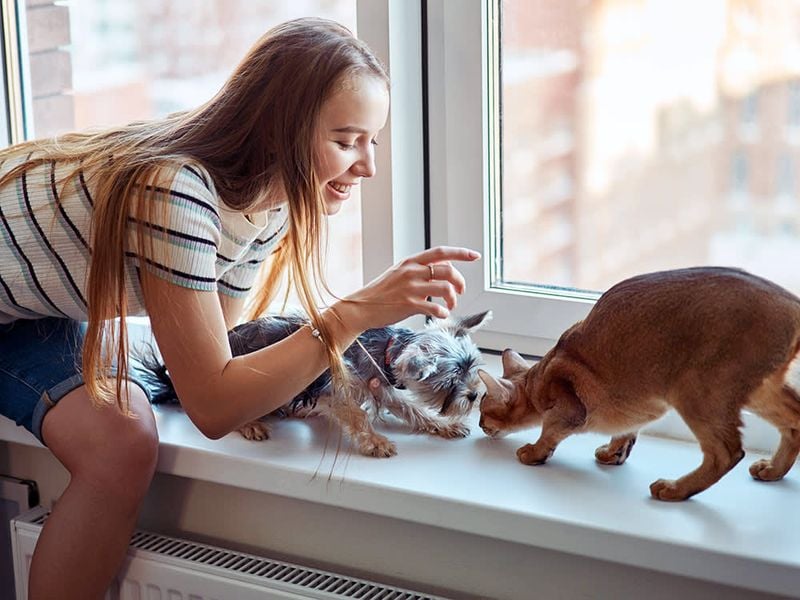
Florida’s early sunrise means many pets are accustomed to early morning routines. Keep feeding times, walks, and attention sessions consistent for resident pets during the transition period.
This stability reduces anxiety and prevents behavior problems triggered by insecurity.
Maintain special spots for existing pets too – their favorite sunbathing window or cozy corner should remain exclusively theirs until everyone adjusts.
6. Establish A New Routine For The New Pet
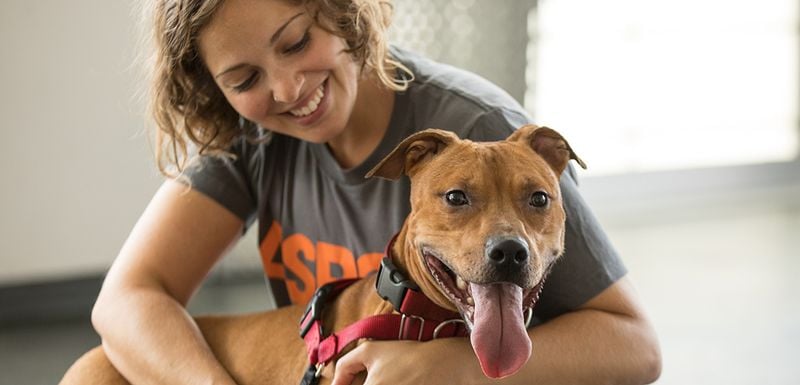
Structure provides security for newcomers! Animals feel safer when they can predict what happens next.
Create a schedule that works with your Florida lifestyle. Morning walks might need to happen early to beat the heat, while evening routines can take advantage of cooler temperatures. Post this schedule where family members can reference it.
Consistency in feeding, bathroom breaks, exercise, and quiet time helps your new pet learn household patterns. This predictability reduces stress behaviors like inappropriate elimination or excessive vocalization.
7. Facilitate Scent Familiarization
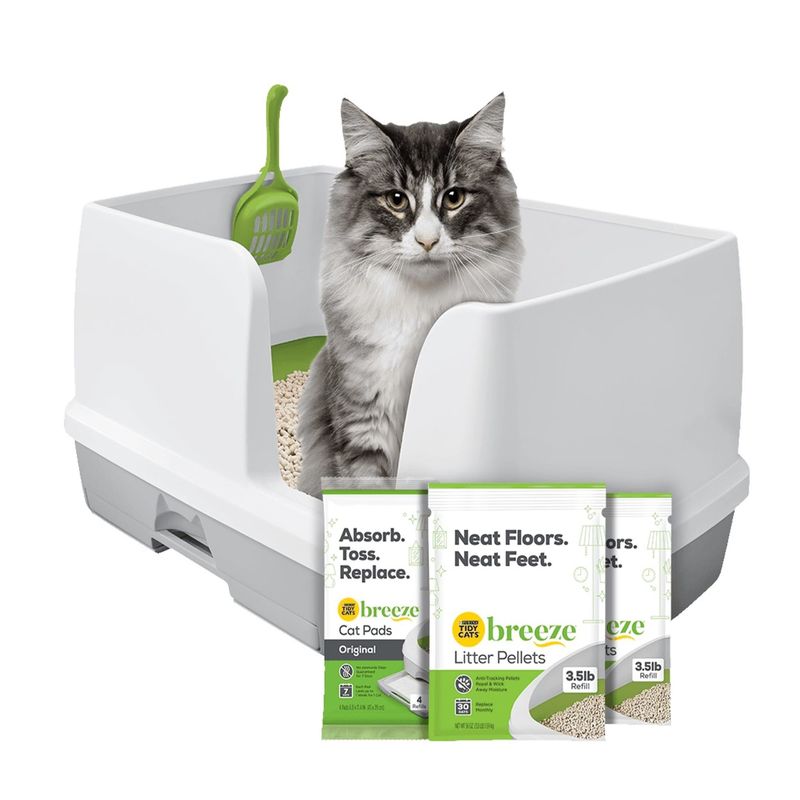
My veterinarian taught me this trick: before bringing home our new puppy, we exchanged blankets between him and our resident dog. By the time they met, they already recognized each other’s smells.
Florida’s humidity intensifies scents, making this step particularly important. Swap bedding or toys between your new and existing pets before face-to-face introductions. This familiarizes them with each other’s scent in a non-threatening way.
For smaller pets like hamsters or reptiles, place their enclosures where other pets can see and smell them from a safe distance before any direct interaction.
8. Use Neutral Territory For Initial Meetings
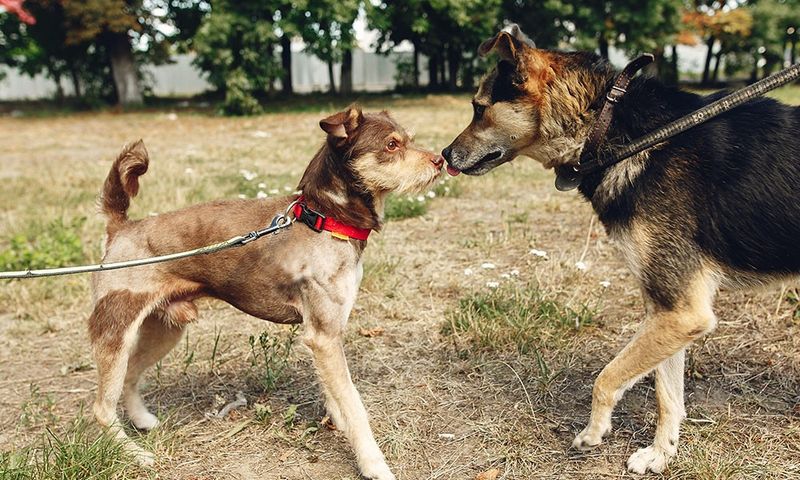
Location matters tremendously for first impressions!
Florida offers abundant neutral meeting spots – from dog-friendly beaches to public parks. Choose a quiet area during off-peak hours to minimize distractions and stress. Keep initial meetings brief – quality trumps quantity.
For indoor pets, try using a neighbor’s yard or an unfamiliar room in your home that hasn’t been claimed by existing pets. Maintain relaxed body language yourself, as animals sense your tension.
9. Supervise All Interactions Initially
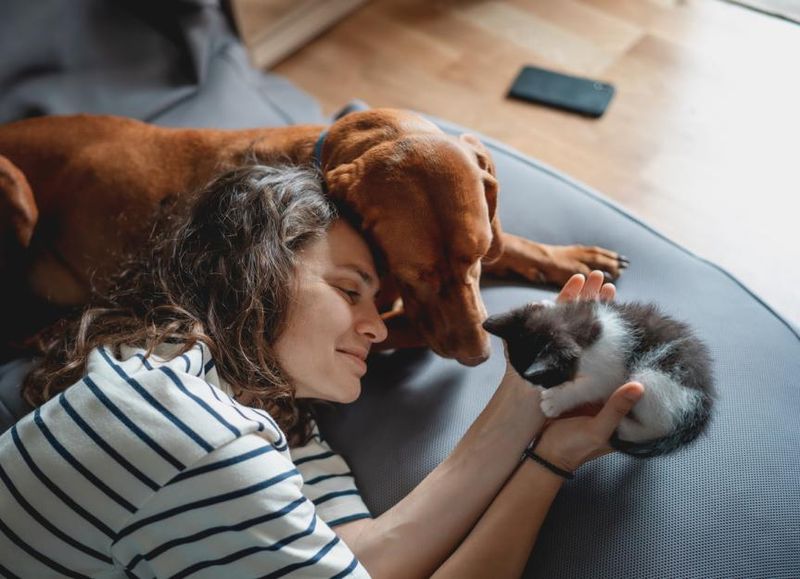
Never underestimate the unpredictability of animal interactions!
Constant vigilance during early interactions prevents unfortunate incidents that could permanently damage pet relationships. Use baby gates, carriers, or leashes to maintain control while allowing progressive contact.
Florida’s indoor-outdoor lifestyle means supervising transitions between spaces carefully. Watch for subtle signs of stress – dilated pupils, stiff posture, or excessive grooming can indicate discomfort before more obvious aggression appears.
10. Be Patient And Allow Time For Adjustment
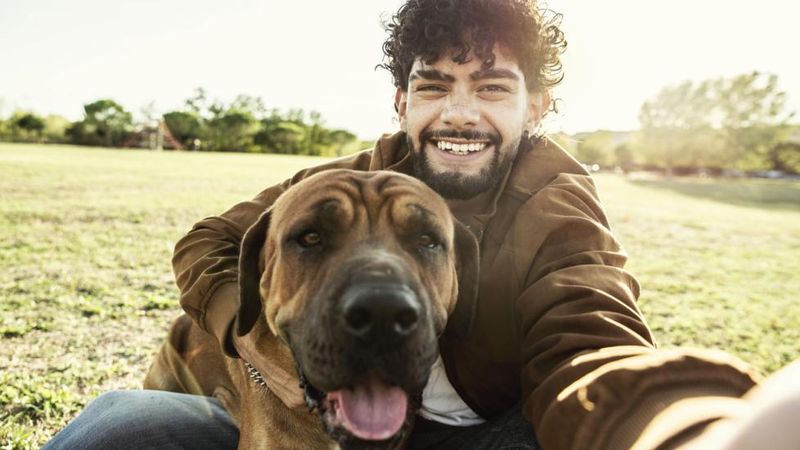
Rome wasn’t built in a day, and pet friendships aren’t either! When we adopted our second dog, it took nearly three weeks before our first pup stopped giving us the cold shoulder. Animal relationships develop at their own pace.
Florida’s year-round pleasant weather gives you the luxury of outdoor bonding activities throughout the adjustment period. Use this to your advantage with parallel walks or backyard relaxation time.
The 3-3-3 rule often applies: 3 days to decompress, 3 weeks to learn routines, and 3 months to feel fully at home.
